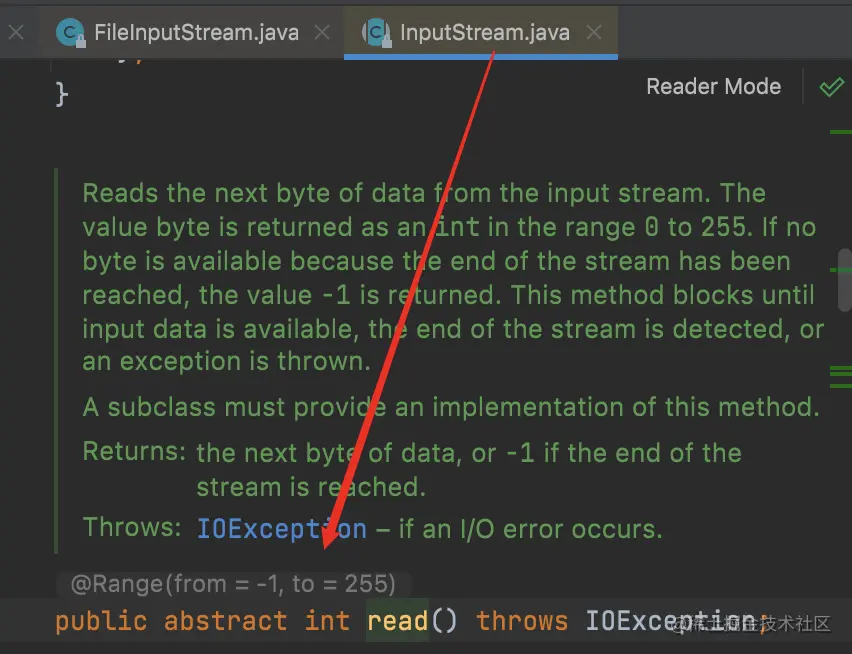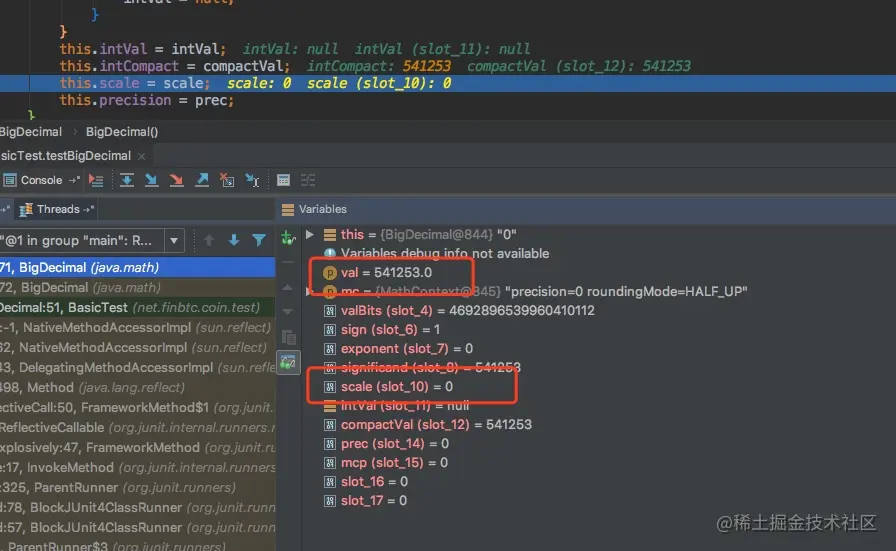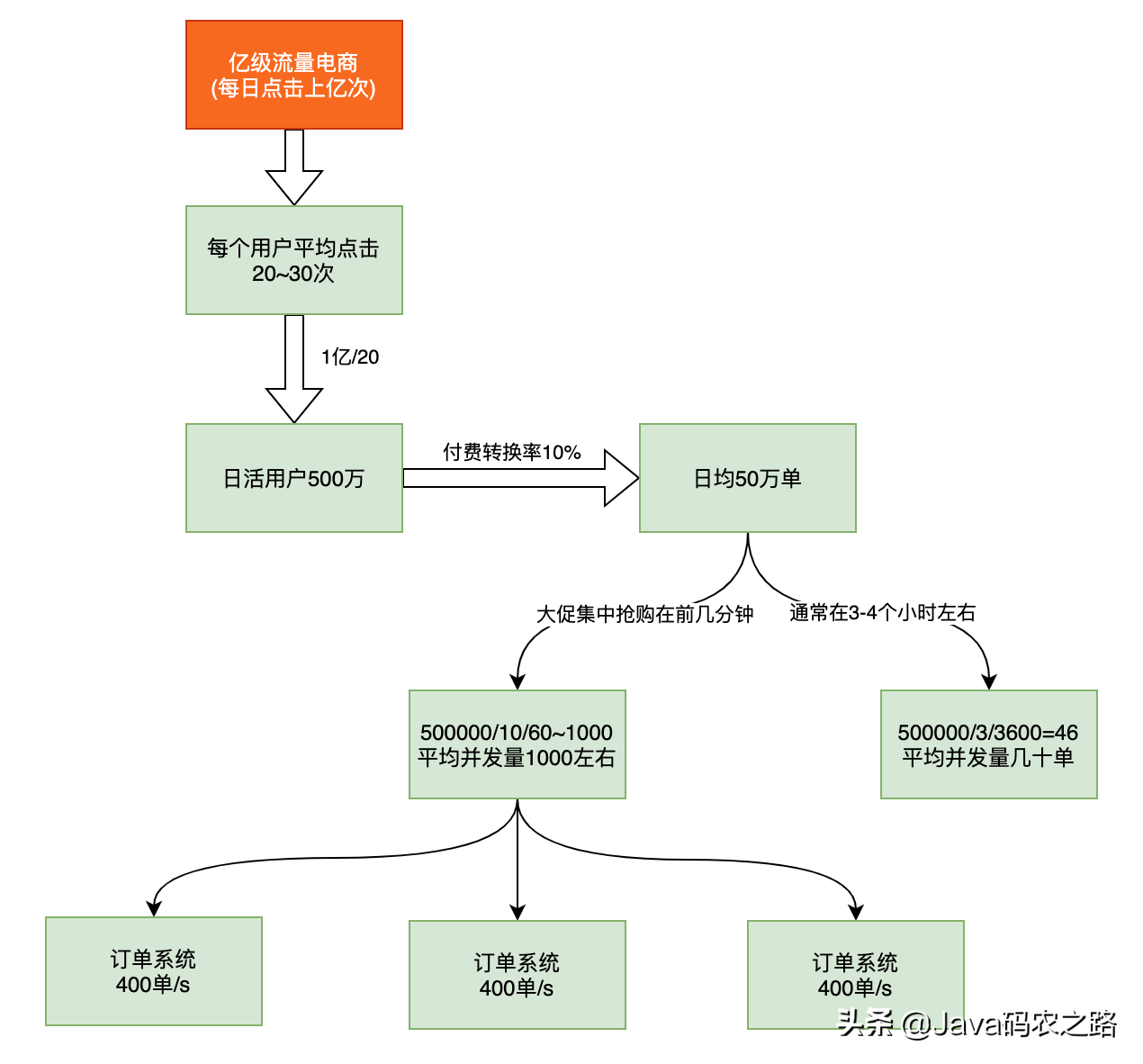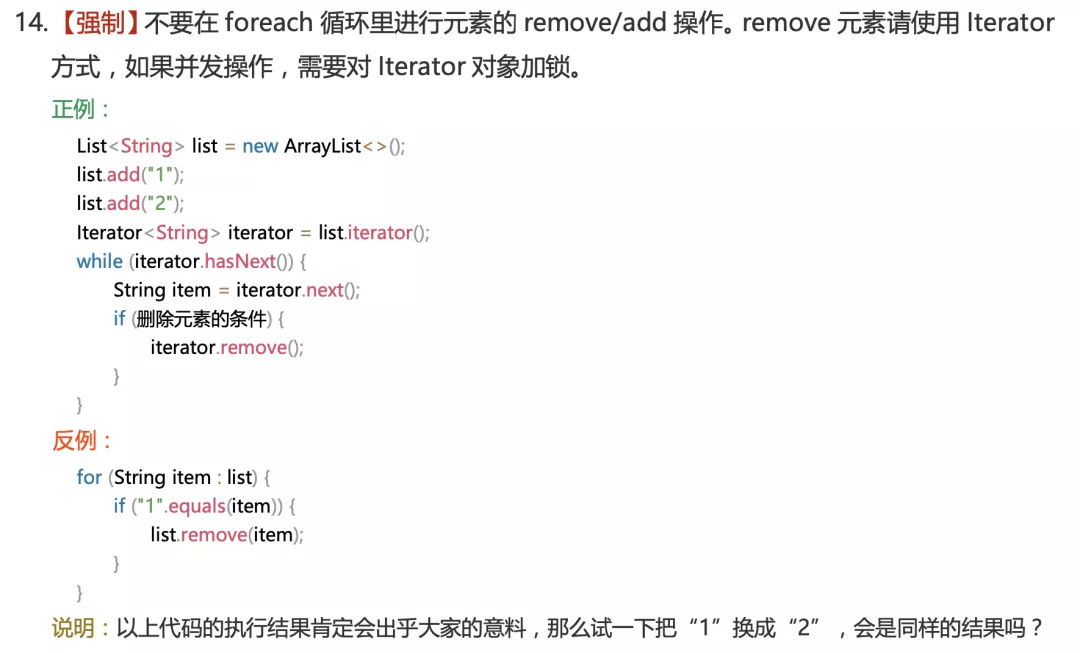Java编程中如何正确的将byte「」数组转化为String类型?
很多人在编程时,总是喜欢用一下方法将数组转为字符串:(a为byte数组)
String s=a.toString();
可是每次返回的时候,新手看来返回的结果是乱码,比如说我,写RSA算法时,没有注意,就以为是解密出来的乱码(哈哈哈),但其实[B@1b6d3586 为栈地址值,这个时候要知道对于返回一个String对象,new一个是基本上不会错的,测试代码如下:
Scanner scan=new Scanner(System.in);
String s="ghhhh";
byte[]a=s.getBytes();
String s1=a.toString();
String s2=new String(a);
System.out.println("s1:"+s1);
System.out.println("s2:"+s2);
测试结果:
1 s1:[B@1b6d3586 2 s2:ghhhh
可以看到s1所对应的方法只是返回的byte数组的地址值,而s2才真正返回了a的实体值。

这是因为,String JAVA.lang.Object.toString()返回的确实是地址值,介绍如下:
Returns a string representation of the object. In general, the toString method returns a string that "textually represents" this object. The result should be a concise but informative representation that is easy for a person to read. It is recommended that all subclasses override this method.
The toString method for class Object returns a string consisting of the name of the class of which the object is an instance, the at-sign character `@', and the unsigned hexadecimal representation of the hash code of the object. In other words, this method returns a string equal to the value of:
getClass().getName() + '@' + Integer.toHexString(hashCode())
大体意思就是类Object的toString方法返回一个字符串,该字符串由对象为实例的类的名称、符号符号符号“@”和对象哈希代码的无符号十六进制表示组成。换句话说,此方法返回一个字符串。





















